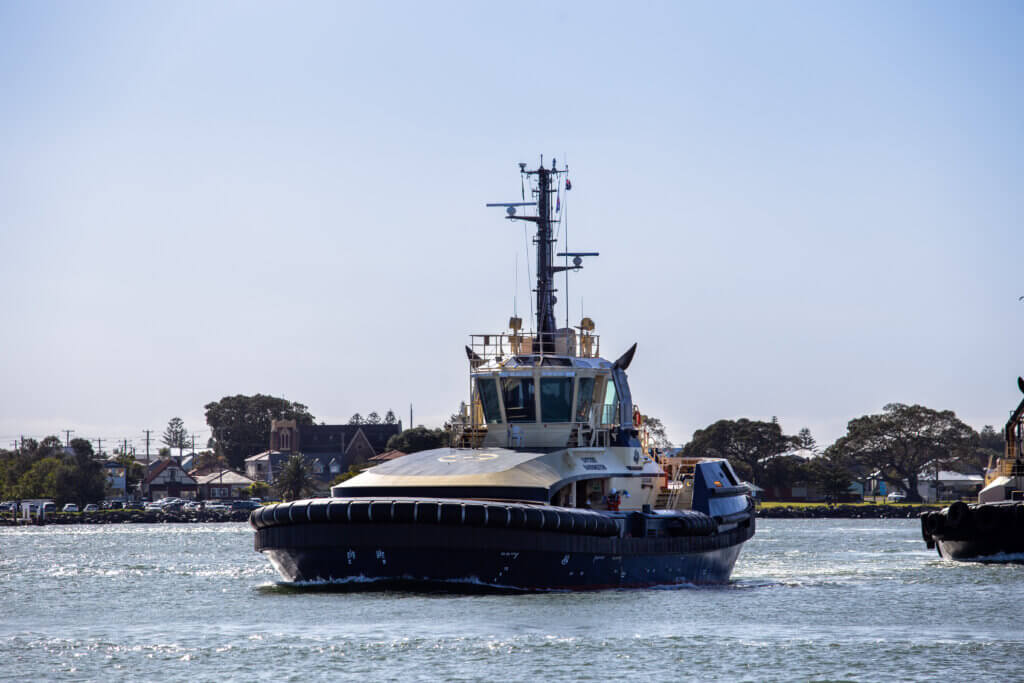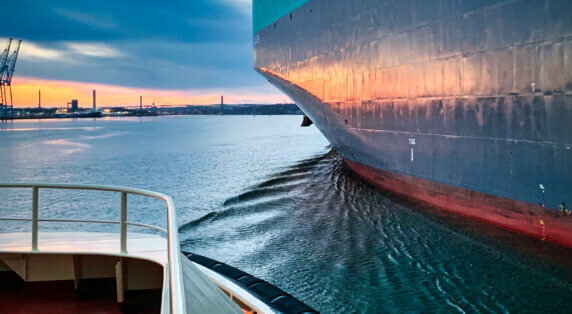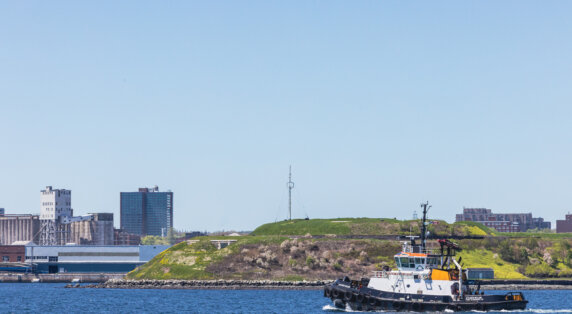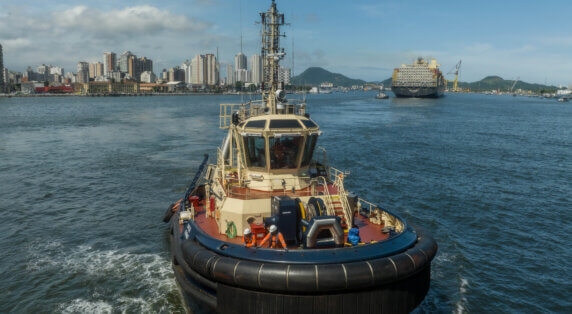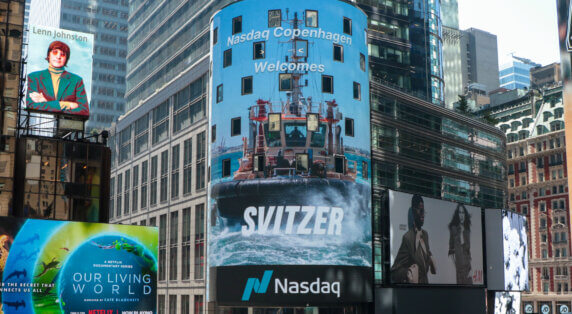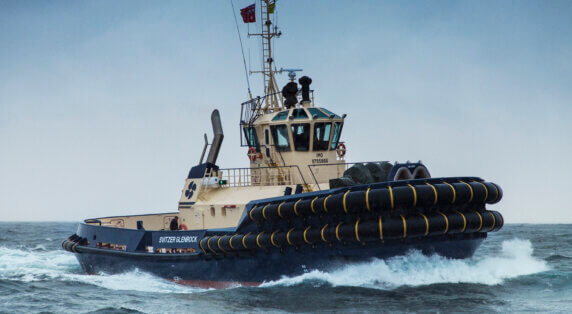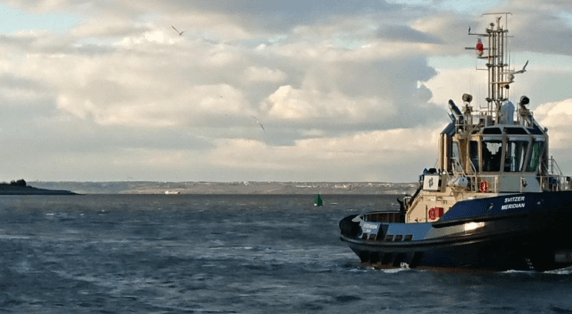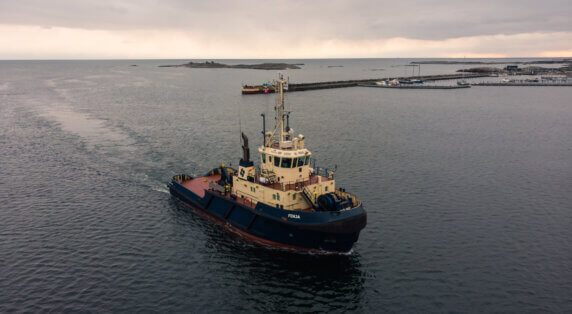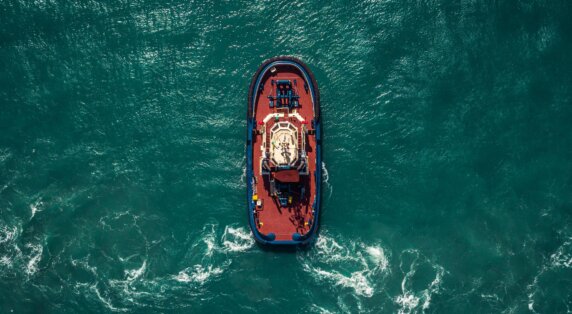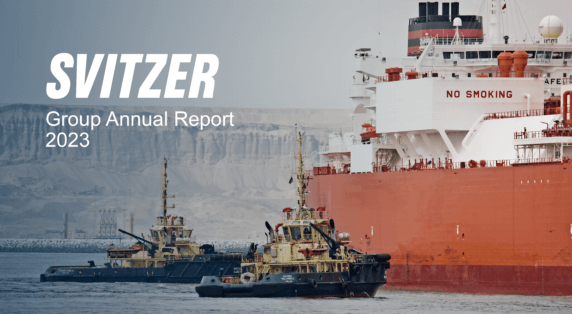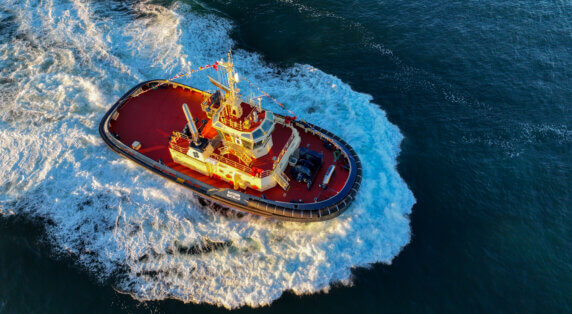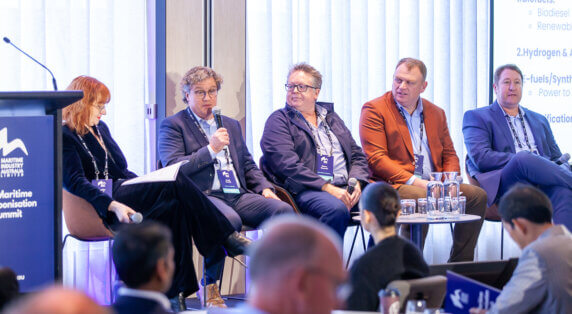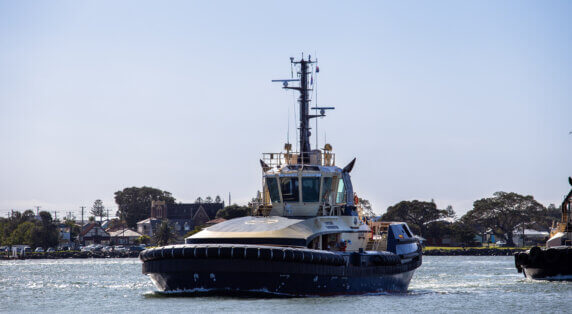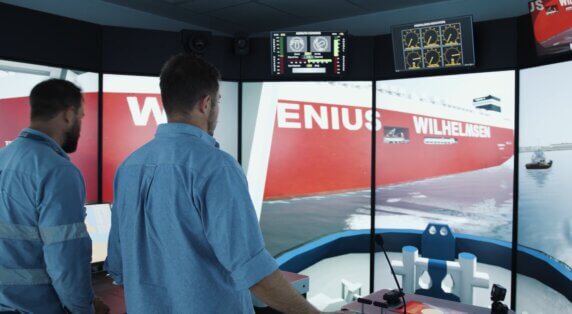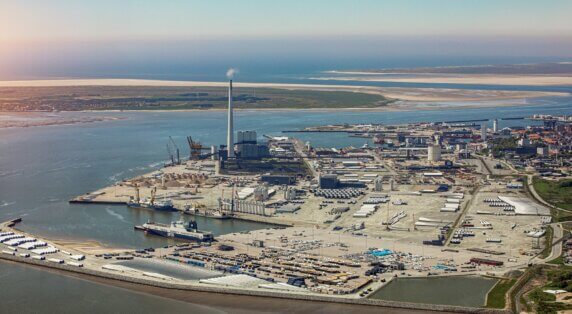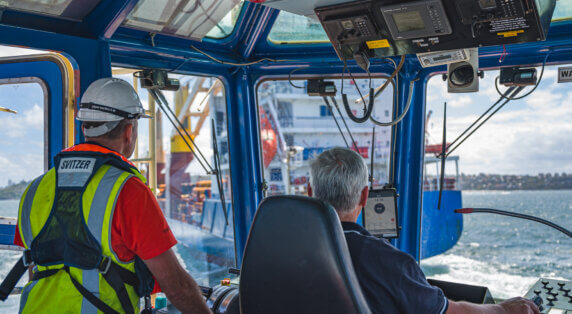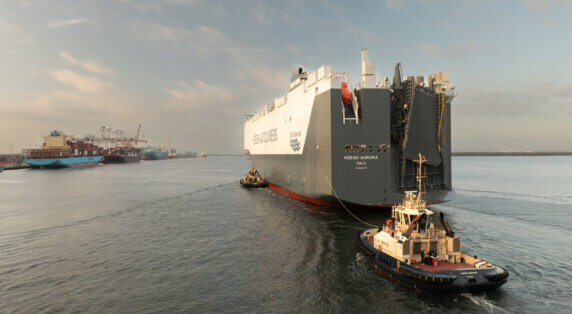
Not all maritime decarbonisation solutions need to be futuristic to be effective
Making Maritime Decarbonisation Real: The Case for Low Carbon Liquid Fuels
Svitzer Australia Head of Innovation, David Bartnik, recently joined a panel at the annual MIAL Decarbonisation Summit, in Melbourne, Australia. The following shares some insights into his key points into the panel discussion on Low Carbon Liquid Fuels.
At this year’s Maritime Industry Australia Ltd Decarbonisation Summit, I was fortunate to join a panel exploring how our sector can realistically move toward net zero, not in theory, but in action.
The maritime sector is often described as ‘hard to abate’ – and for good reason. The infrastructure, safety and energy density requirements of our vessels mean that simply copying approaches from land-based transport doesn’t work.
In Australia, electrification, methanol and ammonia all offer promise, but we are still years away from seeing them reliably, affordably and safely applied at scale in ports and towage.
That’s why at Svitzer we recognise low carbon liquid fuels (LCLFs) offer an immediate opportunity – and we have proven its decarbonisation credentials.
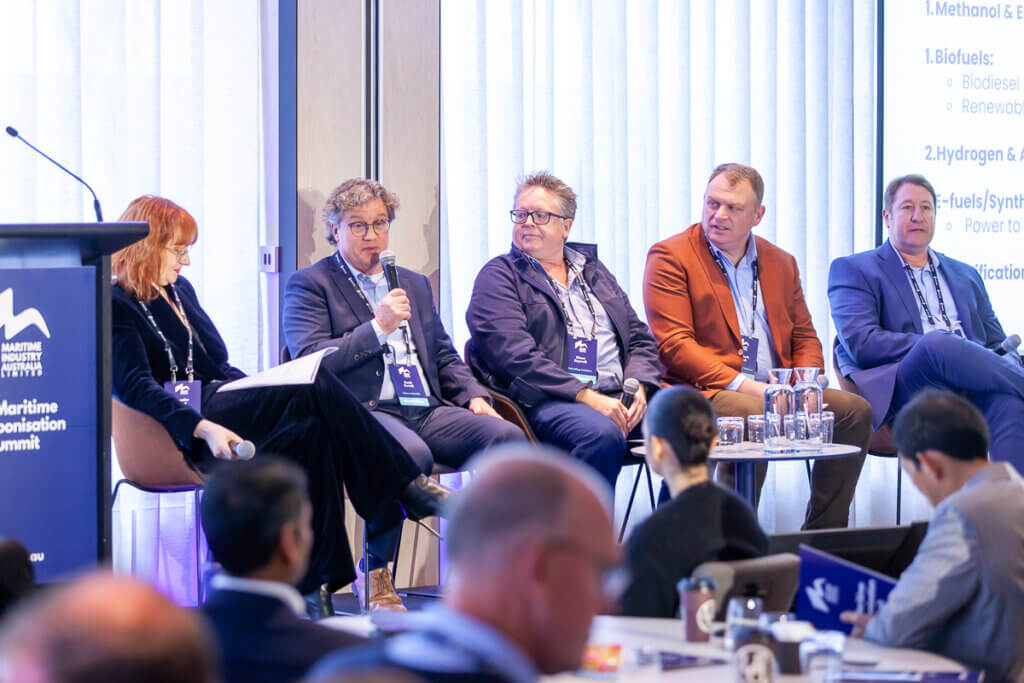
We’ve already seen operational success using FAME and HVO in European markets. Fuels that are drop-in ready, require no changes to engines, and cut emissions meaningfully. The challenge isn’t technical. It’s economic.
In the Australian market, there’s little commercial willingness to pay a premium for low-emissions marine services. And while demand exists among operators, it’s constrained by cost, with FAME typically two to three times the price of diesel, while HVO is three to five times more.
We see three critical and effective pathways to drive LCLF implementation in Australia, with the upside being immediate carbon reduction in maritime operations.
These are:
- A low carbon fuel standard with a market-based trading scheme
- Demand-side measures that create long-term certainty for investment
- Policy support that reflects the bridge role LCLFs can play for the next decade.
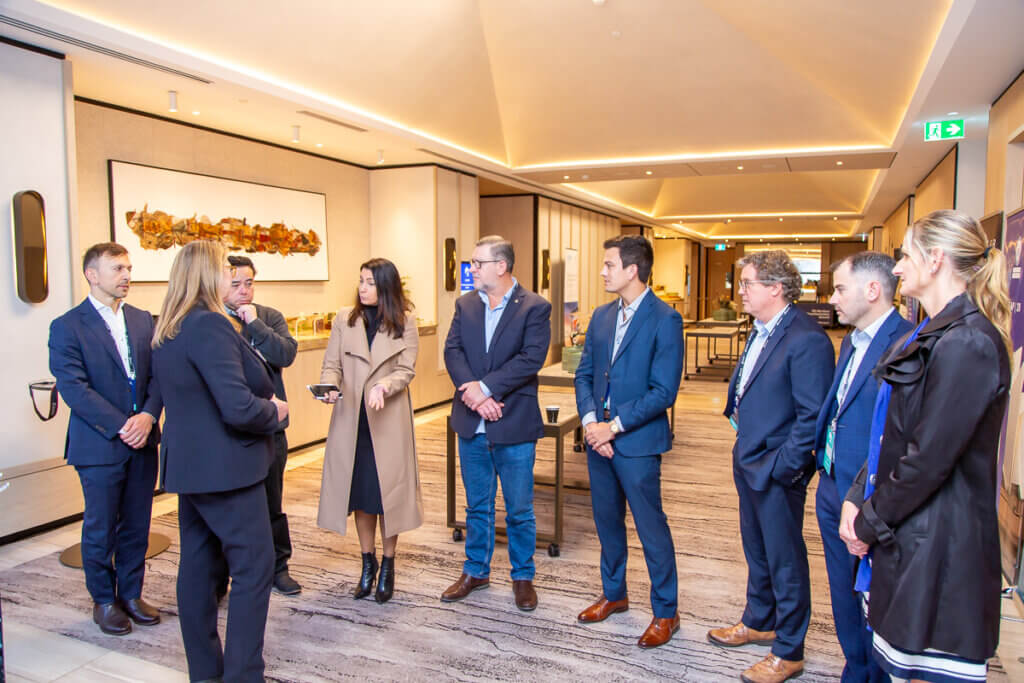
What does practical support look like?
It starts with predictability. Operators and fuel producers alike need confidence in the demand signal – and that means incentives and standards that extend during the commercial life of an asset or fuel project. With tugs and most projects assets having a lifetime of around 30 years, a supportive regulatory environment for at least half that, would provide a strong signal and incentive, and provide asset owners time to generate a commercial return.
But they need confidence that policy will remain stable and consistent.
A well-designed Low Carbon Fuel Standard, like those in California, the UK or Japan, would reward emissions reductions and allow the market to determine the most cost-effective pathways. Mandates could be introduced incrementally, starting at 1% and increasing annually, to allow the sector to scale up sustainably.
Importantly, any policy should be fuel-agnostic and technology-neutral. It should enable a competitive domestic production industry while allowing for imports where necessary to build early momentum.
Svitzer consumes millions of litres of diesel per year in Australia, that is magnified by other operators in ports from other small boat operators and DCVs like barges and pilot boats, to terminal operators and trucking operations. That demand represents a real opportunity for local LCLF producers, if the right conditions are in place.
Interestingly we note that while Domestic Commercial Vessels (DCVs) aren’t bound by IMO decarbonisation targets, the recently agreed IMO framework of April this year (and to be ratified in October), does contain provisions for national governments to apply a similar framework for DCVs.
Decarbonisation in maritime must be practical to be achievable. LCLFs give us a chance to act now, and they deserve a meaningful and funded place in Australia’s transition plan to net zero.
For a deeper dive in broader topics around maritime decarbonisation, read David’s piece from earlier this year: Charting Australia’s Course to Decarbonising Domestic Shipping
